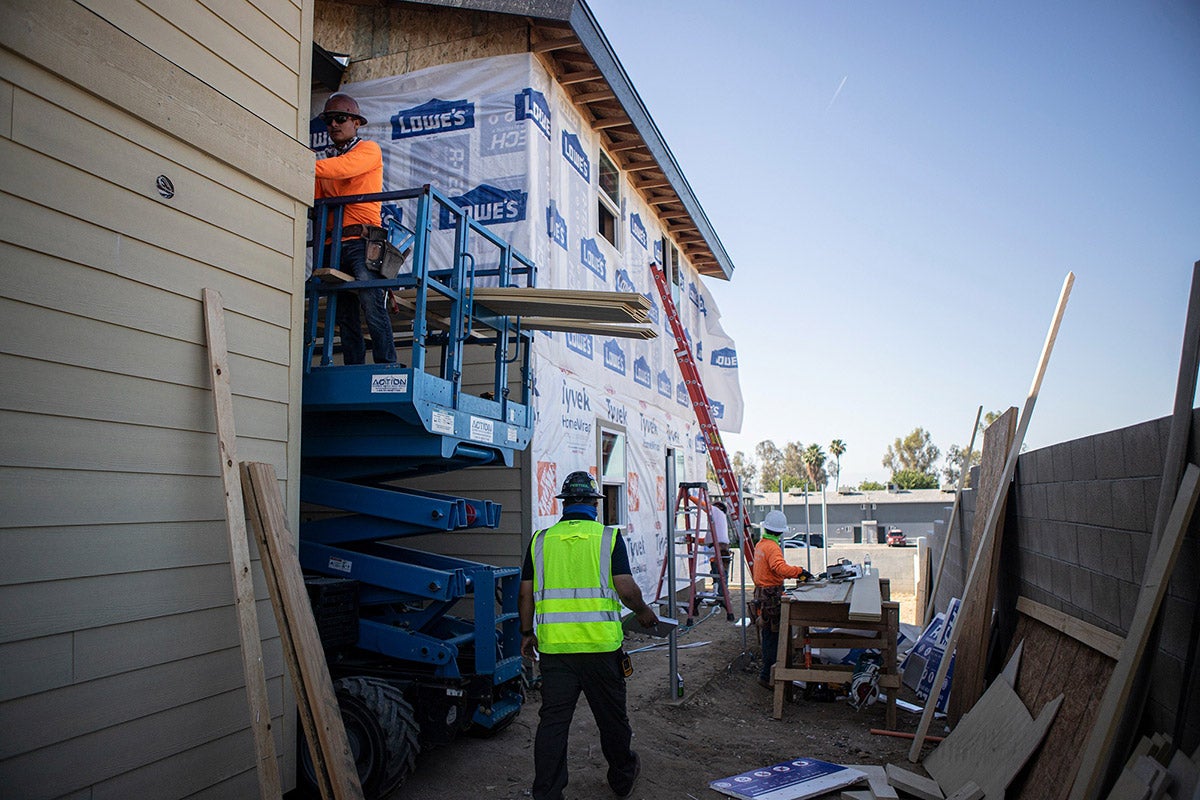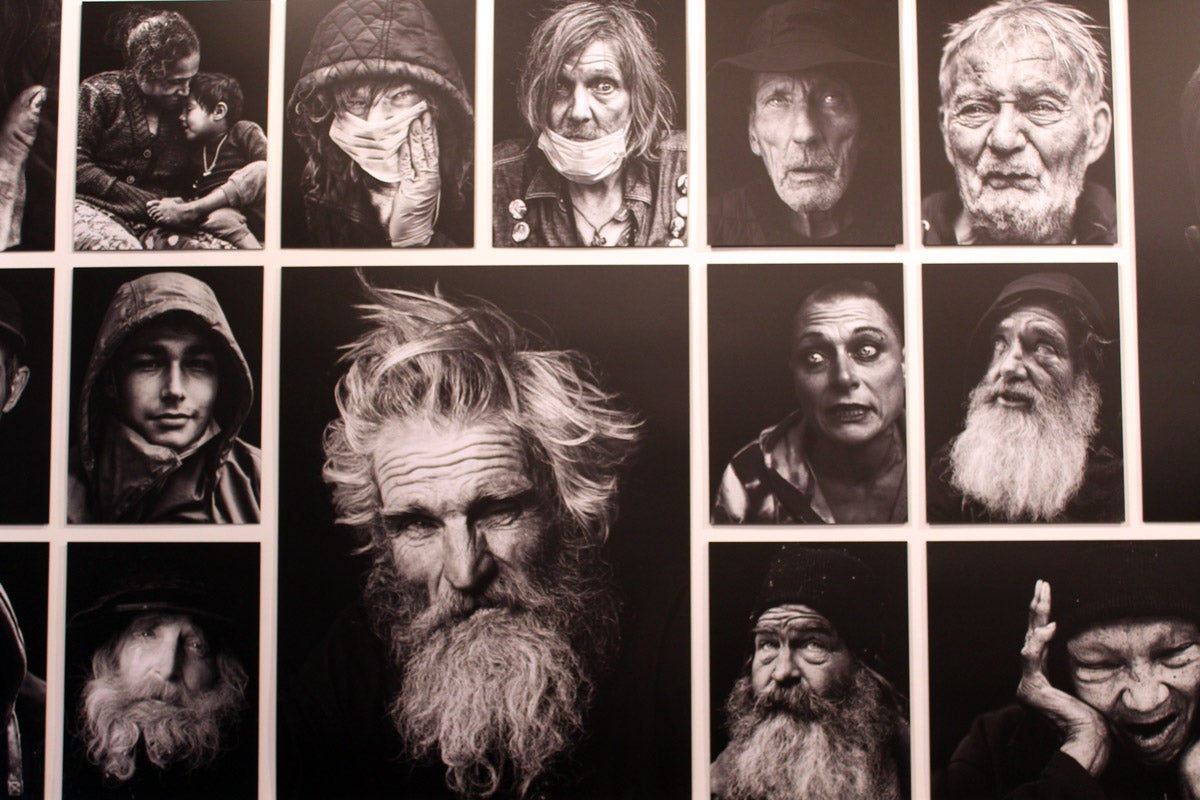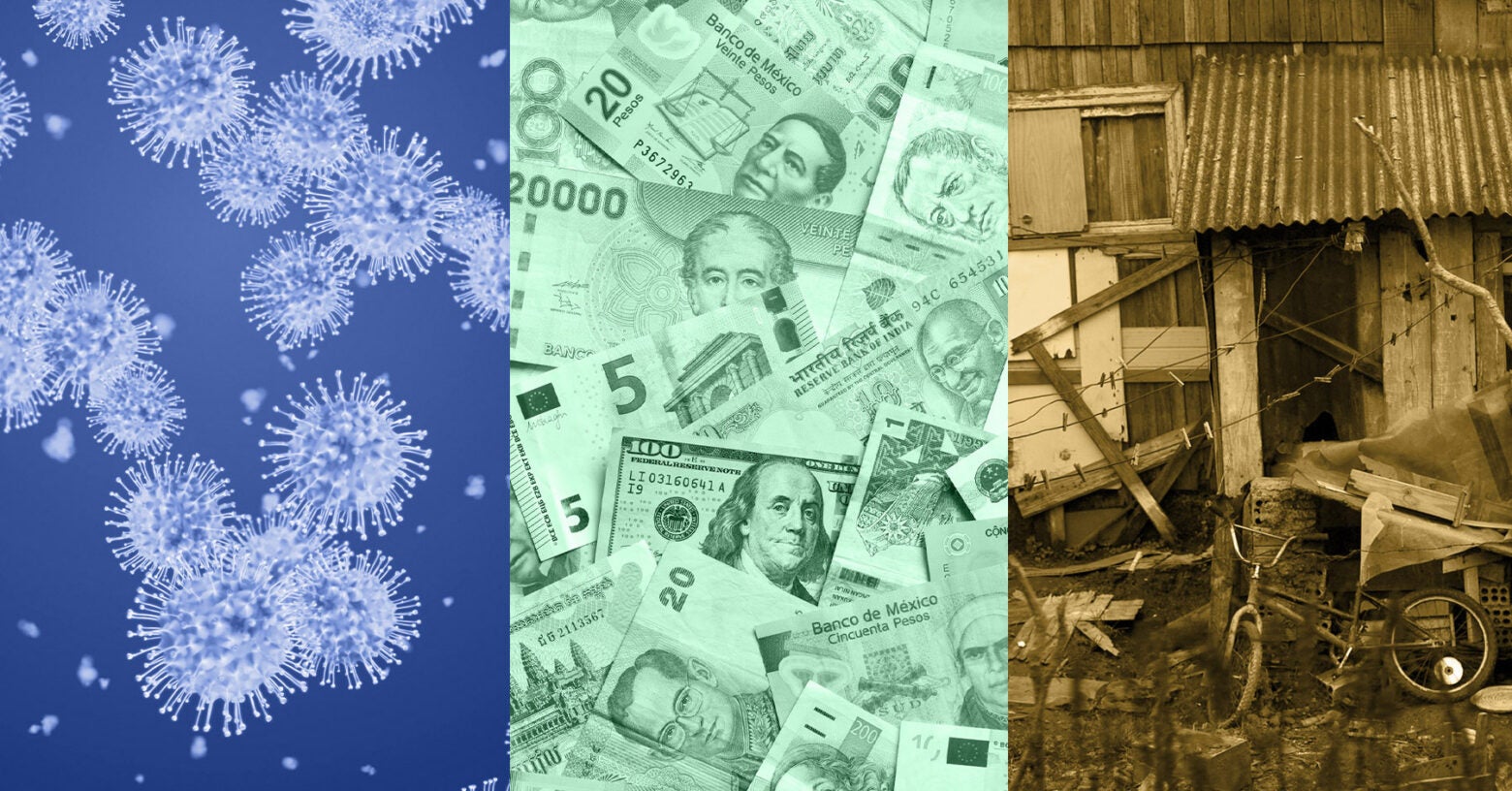
Opinion
Nancy Krieger wrote the book on epidemiology. Here’s what’s changed since.
When I started revising my book, Epidemiology and the People’s Health: Theory and Context, I knew the basic thrust of the original volume, from 2011, still holds. But as I know from using this text when I teach every year, the world is dynamic. Knowledge—and who produces knowledge—changes. Disease patterns change. And there was lots of new scholarship that I wanted a new edition to reflect.
One such development concerns what are called the “social determinants of health” (SDOH). I wrote the first edition shortly after the World Health Organization Commission on the Social Determinants of Health held its first world congress in 2008. The ideas, with different strands and emphases, have been around for centuries, but their consolidation into an SDOH framework was really just beginning to get global prominence 15 years ago. Since then, the phrase has become institutionalized, used by government and research agencies, and it has become more and more depoliticized.
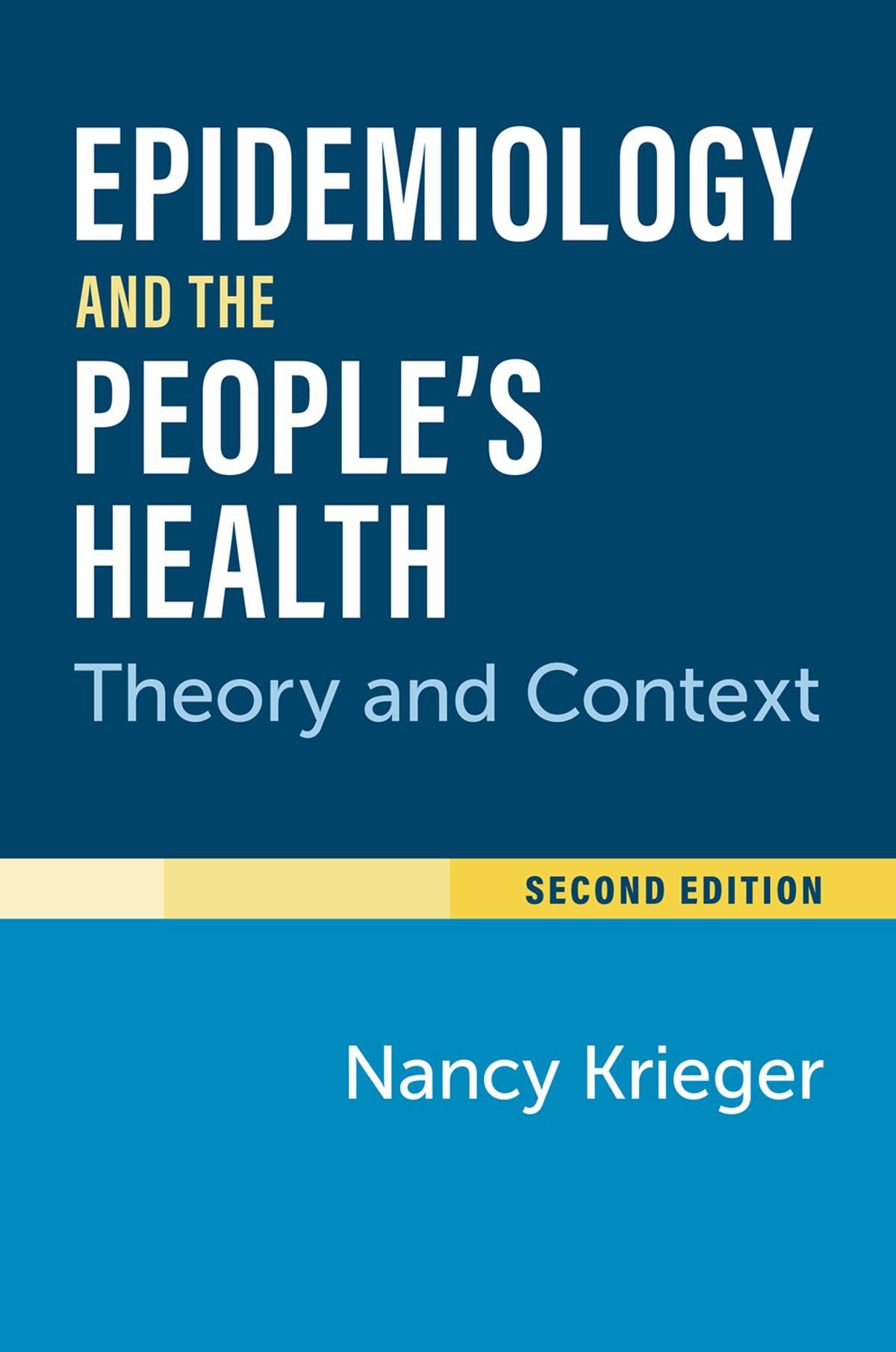
So “social determinants of health” has basically become a pile of social risk factors: poverty as a risk factor. Education as a risk factor. Housing as a risk factor. What’s missing is any reckoning with who determines access to education, access to housing, and who and what is driving wealth accumulation and wealth inequities. These are social relationships involving power, and they’ve been turned into properties of individuals: This is your educational level. This is your income level.
There was a burst of work on the political economy of health in the late ’60s and early ’70s. Galvanized by current trends, new work is once again calling attention to the political determinants of health and the commercial determinants of health. These ideas trace back to the mid-1800s, just as public health itself was arising as a field, but they’re getting a new framing in recent public health literature.
Sign up for Harvard Public Health
Delivered to your inbox weekly.
Simultaneously, there’s a pushback against “social determinants” in the Latin American social medicine/collective health literature. The focus instead is on the social determination of health. The mainstream framing of “social determinants” reduces them to risk factors, where social determination makes one wonder who is doing the determining. Social determining is an active process.
The new edition of my textbook also reflects growth in work drawing on the ecosocial theory of disease distribution, which I first proposed in 1994 and have elaborated since, and on political ecology. Ecosocial theory analyzes and predicts how every living being literally embodies—that is, biologically incorporates—our societal and ecological context, thereby driving population patterns of health and health inequities. Political ecology analyzes and predicts how politics and economics shape how which social groups affect the features of—and engage with what aspects of—the ecosystems that constitute our biophysical world. Both theories ask: Who gains, at whose expense? What are the risks and who are the drivers of the global climate crisis? Not just climate change but also environmental degradation, as tied particularly to extractive forms of economies that prioritize private profits over all else. Since the first edition, there’s been a proliferation of theory and work dealing with really large issues that are imperiling life on the planet.
Two other key trends haven’t really changed. One is that social epidemiology remains a minuscule fraction of what’s going on in the public health and biomedical research fields. If you look at what is being funded by the National Institutes of Health, or what is being indexed in PubMed, you see that the overwhelming bulk of funding goes to work guided by biomedical and lifestyle theories about what causes disease. These theories ignore the societal contexts, conditions, and constraints in which people live, as shaped by the power relations of their society, and instead hold that health is a private matter, driven by genes and people’s individual “lifestyle choices.”
Also ongoing is the dominant framing that epidemiology is simply a set of methods. Most epidemiology textbooks and training ignore the existence of different epidemiologic theories of disease distribution. Yet these theories—whether used implicitly or explicitly—necessarily shape the work conducted. They affect the questions scientists ask, the social and biological concepts they employ, and the methods they use. The same is true for data science approaches that claim epidemiology can be done atheoretically, just by seeing what the patterns are in the data—with zero critical attention to the social structuring of who and what variables are and are not present in the data. These disconnections in some ways seem even starker compared to when I was writing the first edition.
Consider only the new work that’s coming out on structural racism and health. It is offering new questions, answers, and solutions to who and what drives racialized inequities in health. Among those questions: What’s the right timeframe to measure which sorts of exposures? Time can matter in several ways. During what period does exposure to a particular racist policy exist—in the past, such as with historical redlining, or currently, as with interpersonal discrimination? At what point in a person’s life course does the exposure cause harm—early life, childhood, adulthood, or all of the above? How long does it take for this health harm to take effect—very quickly, as in the case of some infectious diseases, or over a period of time, as per the onset of diabetes?
One example from my own work concerns why and how Jim Crow—the state-sponsored regime of legal racial discrimination backed by violence and terror that existed in 21 U.S. states and the District of Columbia from the 1880s to 1965—still shapes population health. One way is through early life impacts of adverse discrimination and deprivation on people born before 1965. Also relevant are ongoing economic and social harms that shape community infrastructure and environs and limit resources that can be passed on to children by parents. Social inheritance in societal context is key. Methods alone don’t tell you what the questions are.
Epidemiology is often referred to as the core or basic science—and even foundation and cornerstone—of public health. The book is geared to people who want to learn about the contending epidemiological theories of disease distribution that inform so much of the work in—and debates involving—public health. Currently there is so much disinformation, coupled with ideologies that stand at odds with critical science. The point is not to assert that science is the authority, or that we should get the politics out and just do science. Rather, we need to understand the interrelationship—that there are politics within the science. Grappling with this reality is what enables us to rigorously vet science. In a time where there are so many attacks on science, having a stronger, rigorous understanding of critical science can do a lot of good in the framing of debates. A key goal is to enable accurate analysis of who is causing harm and who needs to do what, with whom, to foster a world in which all can equitably thrive.
–as told to Michael F. Fitzgerald
Source images: Kamionsky / iStock, YinYang / iStock, daniel_wiedemann / iStock
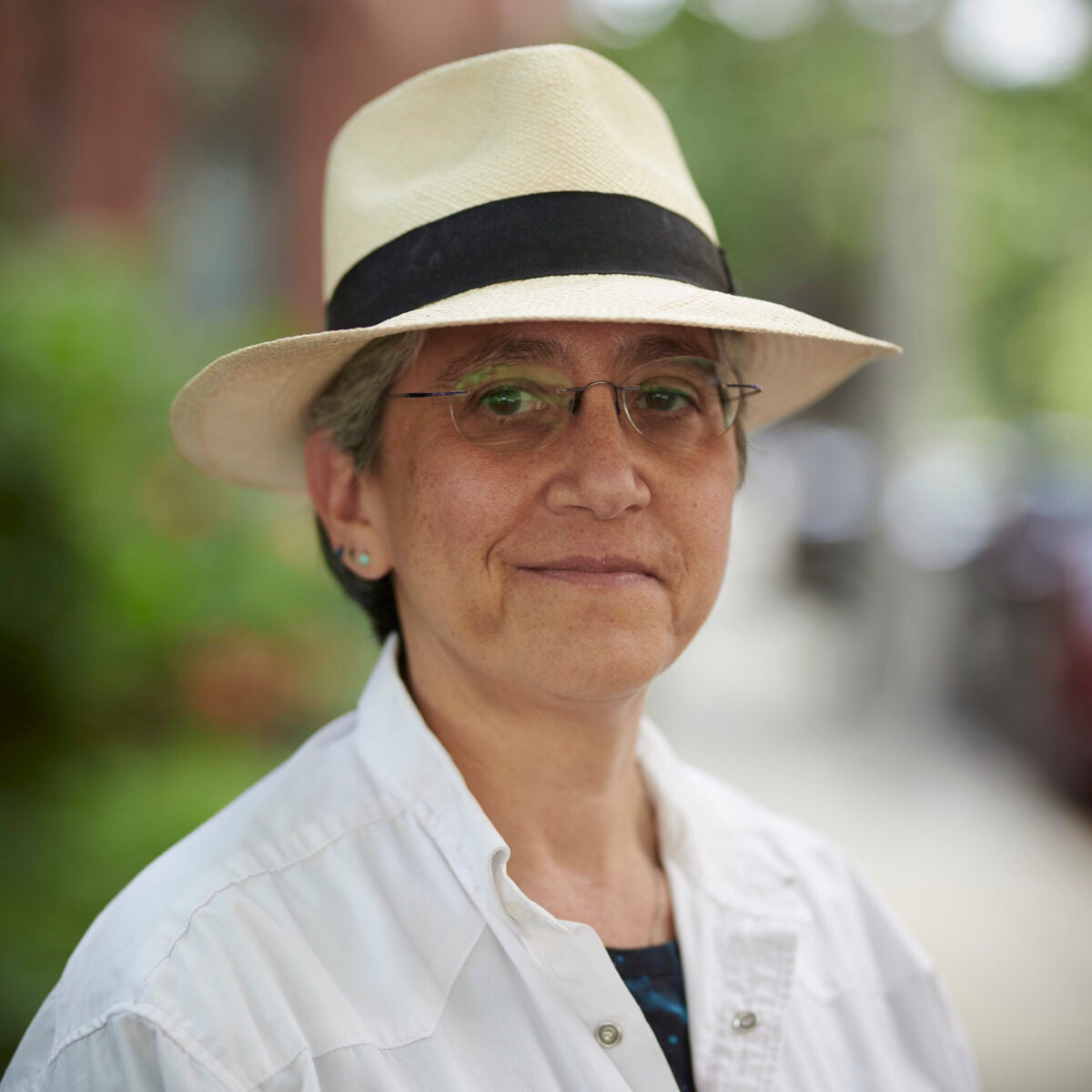
Republish this article
<p>The social epidemiologist on her textbook’s new edition.</p>
<p>Written by Nancy Krieger</p>
<p>This <a rel="canonical" href="https://harvardpublichealth.org/policy-practice/new-sdoh-ideas-from-nancy-krieger-social-epidemiologist/">article</a> originally appeared in<a href="https://harvardpublichealth.org/">Harvard Public Health magazine</a>. Subscribe to their <a href="https://harvardpublichealth.org/subscribe/">newsletter</a>.</p>
<p class="has-drop-cap">When I started revising my book, <em>Epidemiology and the People’s Health: Theory and Context, </em>I knew the basic thrust of the original volume, from 2011, still holds. But as I know from using this text when I teach every year, the world is dynamic. Knowledge—and who produces knowledge—changes. Disease patterns change. And there was lots of new scholarship that I wanted a <a href="https://academic.oup.com/book/56171?login=true" target="_blank" rel="noreferrer noopener">new edition</a> to reflect.</p>
<p>One such development concerns what are called the “social determinants of health” (SDOH). I wrote the first edition shortly after the World Health Organization Commission on the Social Determinants of Health held its first world congress in 2008. The ideas, with different strands and emphases, have been around for centuries, but their consolidation into an SDOH framework was really just beginning to get global prominence 15 years ago. Since then, the phrase has become institutionalized, used by government and research agencies, and it has become more and more depoliticized.</p>
<p>So “social determinants of health” has basically become a pile of social risk factors: poverty as a risk factor. Education as a risk factor. Housing as a risk factor. What’s missing is any reckoning with who determines access to education, access to housing, and who and what is driving wealth accumulation and wealth inequities. These are social relationships involving power, and they’ve been turned into properties of individuals: This is <em>your</em> educational level. This is <em>your </em>income level.</p>
<p>There was a burst of work on the political economy of health in the late ’60s and early ’70s. Galvanized by current trends, new work is once again calling attention to the political determinants of health and the commercial determinants of health. These ideas trace back to the mid-1800s, just as public health itself was arising as a field, but they're getting a new framing in recent public health literature.</p>
<p>Simultaneously, there’s a pushback against “social determinants” in the Latin American social medicine/collective health literature. The focus instead is on the social <em>determination</em> of health. The mainstream framing of “social determinants” reduces them to risk factors, where social determination makes one wonder who is doing the determining. Social determining is an active process.</p>
<p>The <a href="https://academic.oup.com/book/56171?login=true" target="_blank" rel="noreferrer noopener">new edition</a> of my textbook also reflects growth in work drawing on the ecosocial theory of disease distribution, which I first proposed in 1994 and have elaborated since, and on political ecology. Ecosocial theory analyzes and predicts how every living being literally embodies—that is, biologically incorporates—our societal and ecological context, thereby driving population patterns of health and health inequities. Political ecology analyzes and predicts how politics and economics shape how which social groups affect the features of—and engage with what aspects of—the ecosystems that constitute our biophysical world. Both theories ask: <em>Who gains, at whose expense?</em> <em>What are the risks and who are the drivers of the global climate crisis?</em> Not just climate change but also environmental degradation, as tied particularly to extractive forms of economies that prioritize private profits over all else. Since the first edition, there's been a proliferation of theory and work dealing with really large issues that are imperiling life on the planet.</p>
<p>Two other key trends haven’t really changed. One is that social epidemiology remains a minuscule fraction of what’s going on in the public health and biomedical research fields. If you look at what is being funded by the National Institutes of Health, or what is being indexed in PubMed, you see that the overwhelming bulk of funding goes to work guided by biomedical and lifestyle theories about what causes disease. These theories ignore the societal contexts, conditions, and constraints in which people live, as shaped by the power relations of their society, and instead hold that health is a private matter, driven by genes and people’s individual “lifestyle choices.”</p>
<p>Also ongoing is the dominant framing that epidemiology is simply a set of methods. Most epidemiology textbooks and training ignore the existence of different epidemiologic theories of disease distribution. Yet these theories—whether used implicitly or explicitly—necessarily shape the work conducted. They affect the questions scientists ask, the social and biological concepts they employ, and the methods they use. The same is true for data science approaches that claim epidemiology can be done atheoretically, just by seeing what the patterns are in the data—with zero critical attention to the social structuring of who and what variables are and are not present in the data. These disconnections in some ways seem even starker compared to when I was writing the first edition.</p>
<p>Consider only the new work that's coming out on structural racism and health. It is offering new questions, answers, and solutions to who and what drives racialized inequities in health. Among those questions: What's the right timeframe to measure which sorts of exposures? Time can matter in several ways. During what period does exposure to a particular racist policy exist—in the past, such as with historical redlining, or currently, as with interpersonal discrimination? At what point in a person’s life course does the exposure cause harm—early life, childhood, adulthood, or all of the above? How long does it take for this health harm to take effect—very quickly, as in the case of some infectious diseases, or over a period of time, as per the onset of diabetes?</p>
<p>One example from my own work concerns why and how Jim Crow—the state-sponsored regime of legal racial discrimination backed by violence and terror that existed in 21 U.S. states and the District of Columbia from the 1880s to 1965—still shapes population health. One way is through early life impacts of adverse discrimination and deprivation on people born before 1965. Also relevant are ongoing economic and social harms that shape community infrastructure and environs and limit resources that can be passed on to children by parents. Social inheritance in societal context is key. Methods alone don't tell you what the questions are.</p>
<p class=" t-has-endmark t-has-endmark">Epidemiology is often referred to as the core or basic science—and even foundation and cornerstone—of public health. The book is geared to people who want to learn about the contending epidemiological theories of disease distribution that inform so much of the work in—and debates involving—public health. Currently there is so much disinformation, coupled with ideologies that stand at odds with critical science. The point is not to assert that science is the authority, or that we should get the politics out and just do science. Rather, we need to understand the interrelationship—that there are politics within the science. Grappling with this reality is what enables us to rigorously vet science. In a time where there are so many attacks on science, having a stronger, rigorous understanding of critical science can do a lot of good in the framing of debates. A key goal is to enable accurate analysis of who is causing harm and who needs to do what, with whom, to foster a world in which all can equitably thrive.</p>
<p><em>–as told to <a href="https://harvardpublichealth.org/contributor/michael-fitzgerald/" target="_blank" rel="noreferrer noopener">Michael F. Fitzgerald</a></em></p>
<script async src="https://www.googletagmanager.com/gtag/js?id=G-S1L5BS4DJN"></script>
<script>
window.dataLayer = window.dataLayer || [];
if (typeof gtag !== "function") {function gtag(){dataLayer.push(arguments);}}
gtag('js', new Date());
gtag('config', 'G-S1L5BS4DJN');
</script>
Republishing guidelines
We’re happy to know you’re interested in republishing one of our stories. Please follow the guidelines below, adapted from other sites, primarily ProPublica’s Steal Our Stories guidelines (we didn’t steal all of its republishing guidelines, but we stole a lot of them). We also borrowed from Undark and KFF Health News.
Timeframe: Most stories and opinion pieces on our site can be republished within 90 days of posting. An article is available for republishing if our “Republish” button appears next to the story. We follow the Creative Commons noncommercial no-derivatives license.
When republishing a Harvard Public Health story, please follow these rules and use the required acknowledgments:
- Do not edit our stories, except to reflect changes in time (for instance, “last week” may replace “yesterday”), make style updates (we use serial commas; you may choose not to), and location (we spell out state names; you may choose not to).
- Include the author’s byline.
- Include text at the top of the story that says, “This article was originally published by Harvard Public Health. You must link the words “Harvard Public Health” to the story’s original/canonical URL.
- You must preserve the links in our stories, including our newsletter sign-up language and link.
- You must use our analytics tag: a single pixel and a snippet of HTML code that allows us to monitor our story’s traffic on your site. If you utilize our “Republish” link, the code will be automatically appended at the end of the article. It occupies minimal space and will be enclosed within a standard <script> tag.
- You must set the canonical link to the original Harvard Public Health URL or otherwise ensure that canonical tags are properly implemented to indicate that HPH is the original source of the content. For more information about canonical metadata, click here.
Packaging: Feel free to use our headline and deck or to craft your own headlines, subheads, and other material.
Art: You may republish editorial cartoons and photographs on stories with the “Republish” button. For illustrations or articles without the “Republish” button, please reach out to republishing@hsph.harvard.edu.
Exceptions: Stories that do not include a Republish button are either exclusive to us or governed by another collaborative agreement. Please reach out directly to the author, photographer, illustrator, or other named contributor for permission to reprint work that does not include our Republish button. Please do the same for stories published more than 90 days previously. If you have any questions, contact us at republishing@hsph.harvard.edu.
Translations: If you would like to translate our story into another language, please contact us first at republishing@hsph.harvard.edu.
Ads: It’s okay to put our stories on pages with ads, but not ads specifically sold against our stories. You can’t state or imply that donations to your organization support Harvard Public Health.
Responsibilities and restrictions: You have no rights to sell, license, syndicate, or otherwise represent yourself as the authorized owner of our material to any third parties. This means that you cannot actively publish or submit our work for syndication to third-party platforms or apps like Apple News or Google News. Harvard Public Health recognizes that publishers cannot fully control when certain third parties aggregate or crawl content from publishers’ own sites.
You may not republish our material wholesale or automatically; you need to select stories to be republished individually.
You may not use our work to populate a website designed to improve rankings on search engines or solely to gain revenue from network-based advertisements.
Any website on which our stories appear must include a prominent and effective way to contact the editorial team at the publication.
Social media: If your publication shares republished stories on social media, we welcome a tag. We are @PublicHealthMag on X, Threads, and Instagram, and Harvard Public Health magazine on Facebook and LinkedIn.
Questions: If you have other questions, email us at republishing@hsph.harvard.edu.
